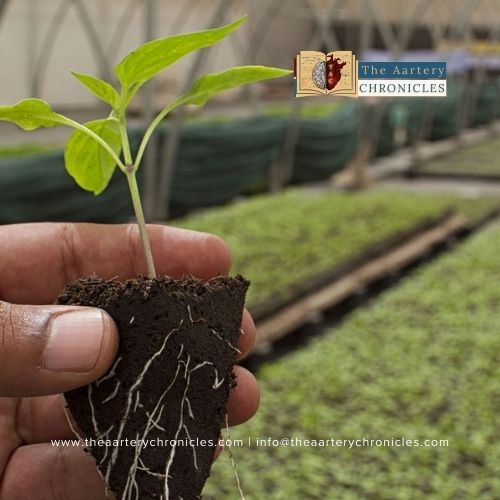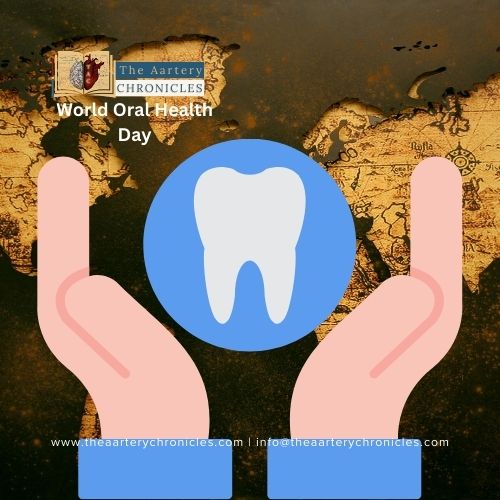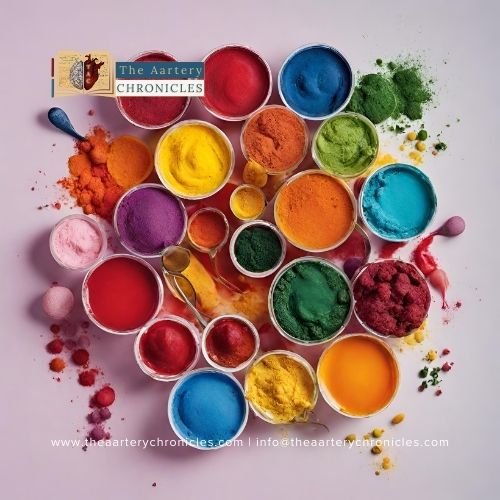
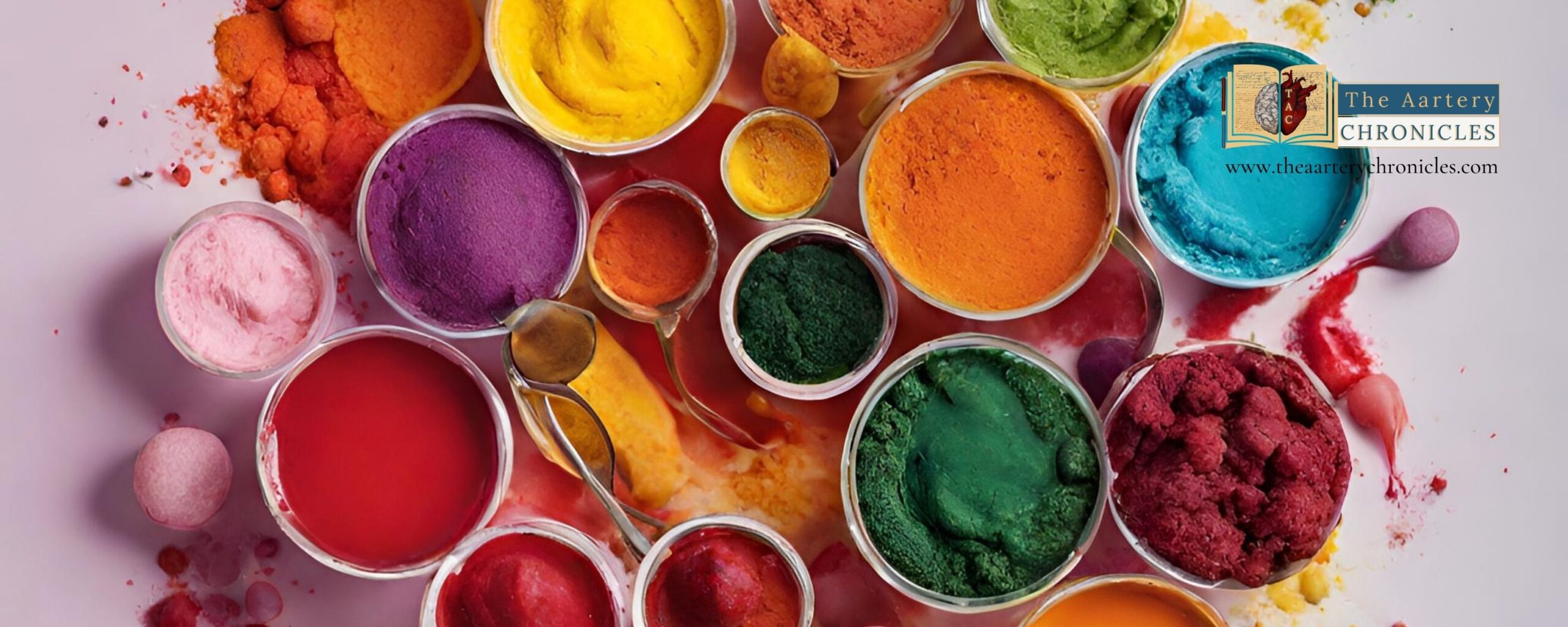
Vibrant Hues: A Journey into Natural and Synthetic Food Colors
Overview of Food colours
Food colours, comprising dyes, substances, or pigments, play a pivotal role in enhancing the visual appeal of our food and beverages. Food colours are usually available in gels, pastes, powders, and liquids. They serve the purpose of making food more attractive, correcting variations of natural colours, enhancing naturally existing coloured foods, and adding colour to colourless food to make it more appetizing.
History of Food colours
The concept of food colours dates back to ancient times when minerals and vegetables were used to add colour to drugs, cosmetics, and food. Some examples are turmeric, lead, iron oxides, paprika, saffron, and copper sulfate.
Archaeologists believe that humans have been colouring food since 1500 BC. People artificially coloured wine in the early 300 BC. In early Europe, the wealthy could only afford natural food colours, leading to the belief that colourful foods are nutritious and of higher quality.
The first synthetic dye ‘mauve’ was invented by William Henry Perkin in the year 1856. This invention paved the way for the development of numerous other food colours. Since these dyes were produced during the processing of coal, they were referred to as ‘coal tar colours’.
Regulations on Food Colour Additives:
In 1906, the Food and Drugs Act was passed, prohibiting the use of toxic or harmful colours and the use of colour additives to conceal the inferior quality of food.
Another federal Food, Drug, and Cosmetic Act of 1938 named food colours, some of which are still in use today, including FD&C Blue No. 2, FD&C Red No. 40, FD&C Blue No. 1, etc. Both the FDA and the European Union have strict standards and terms for manufacturers and producers to follow when using colour additives in their products
Health Effects of Food Colours
While food colours are widely used, concerns have been raised regarding their potential health effects.
- Synthetic food colours are often linked with potential neurobehavioral impacts on children.
- Studies suggest that food colours that are currently in use can be associated with concerns such as genotoxicity, hypersensitivity, and genotoxicity.
- Significant evidence has been found that shows that synthetic food dyes such as Yellow 5, yellow 6, and Red 40 are known to be carcinogenic.
- Food colours are highly controversial in terms of safety and conflicting opinions also exist. However, enough data is available to prove the adverse outcomes of synthetic food colours in children.
- Yellow 5 or Tartrazine toxicity may lead to depression, restlessness, and insomnia.
- Several pediatric studies in 1973 claimed that preservatives and food colours caused learning problems and hyperactivity in children.
- Significant reduction in Hyperactivity was observed in children following the removal of synthetic food dyes and sodium benzoate, primarily used for preservation.
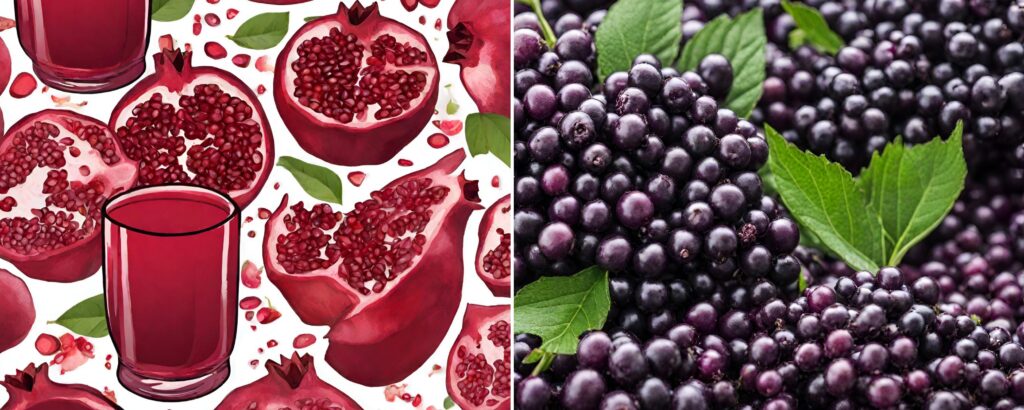
Organic Food Colours as Alternatives
Organic food colours can be used as an alternative to artificial food colours. These natural food colours, derived from plant-based items like turmeric, saffron, or beetroot, are generally considered safe for consumption. Many natural food colour brands on the market, such as ColourKitchen Food Colouring and IFC Solutions, are known to be certified vegan-friendly, allergy-friendly, and Kosher.
Natural Food Items as Colour Additives
For those seeking natural alternatives, consider using certain food items as colour additives
- Pomegranate-based Red colours: Beta carotene and pomegranate juice can provide a deep red colour suitable for frosting, baking, or other processes.
- Elderberry for purple colour: Elderberries contain anthocyanins and phenolic content, offering a beautiful purple colour. Extract the juice for use as a natural colour additive.
- Beetroot: Extracts from beetroot provide a vibrant, natural colour suitable for baked goods, cosmetics, etc.
- Turmeric: The wonder spice of Indian cuisine that is often used in curries, and dals imparts a beautiful yellow colour, enhancing the appetizing appearance of food.
Conclusion
While synthetic food colours have been integral to the food industry, growing concerns about their potential health risks prompt us to consider healthier alternatives. Organic and natural food colours not only offer safety but also contribute to sustainable and ethical practices. In a world where our food is often exposed to various chemicals, embracing organic alternatives becomes essential for maintaining good health and a disease-free lifestyle.

Author: Sanika Pande
- Medicine
- Nutrition And Diet
Lorem ipsum dolor sit amet, consectetur adipiscing elit. Ut elit tellus, luctus nec ullamcorper mattis, pulvinar dapibus leo.









